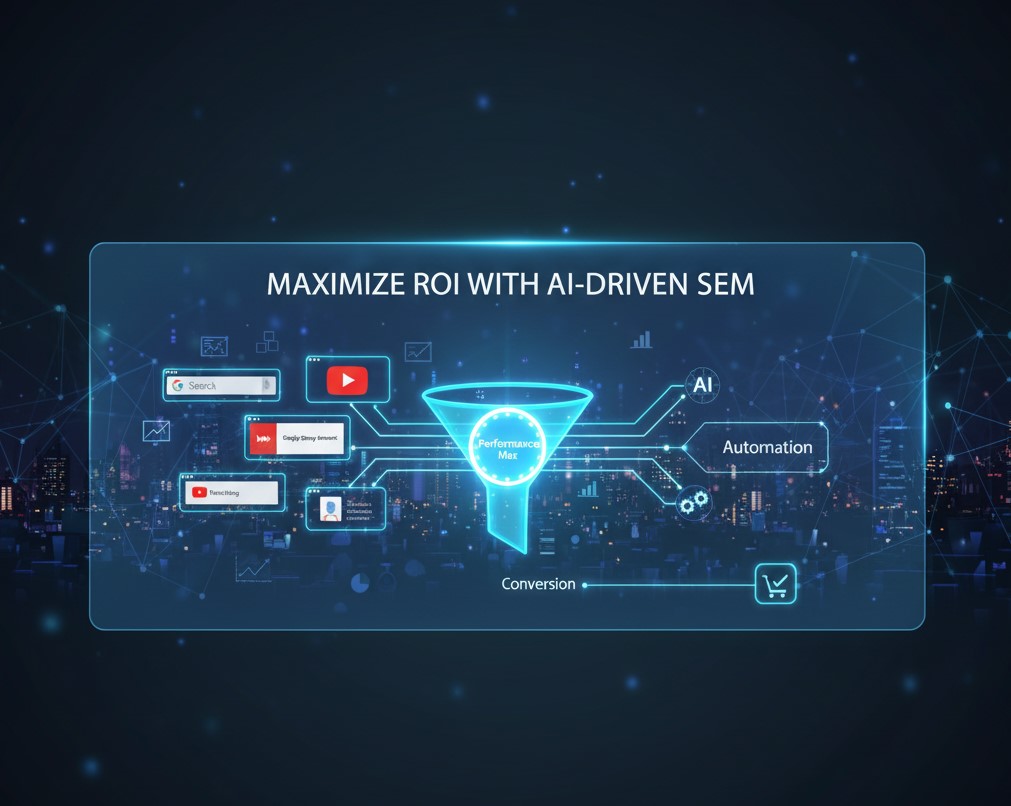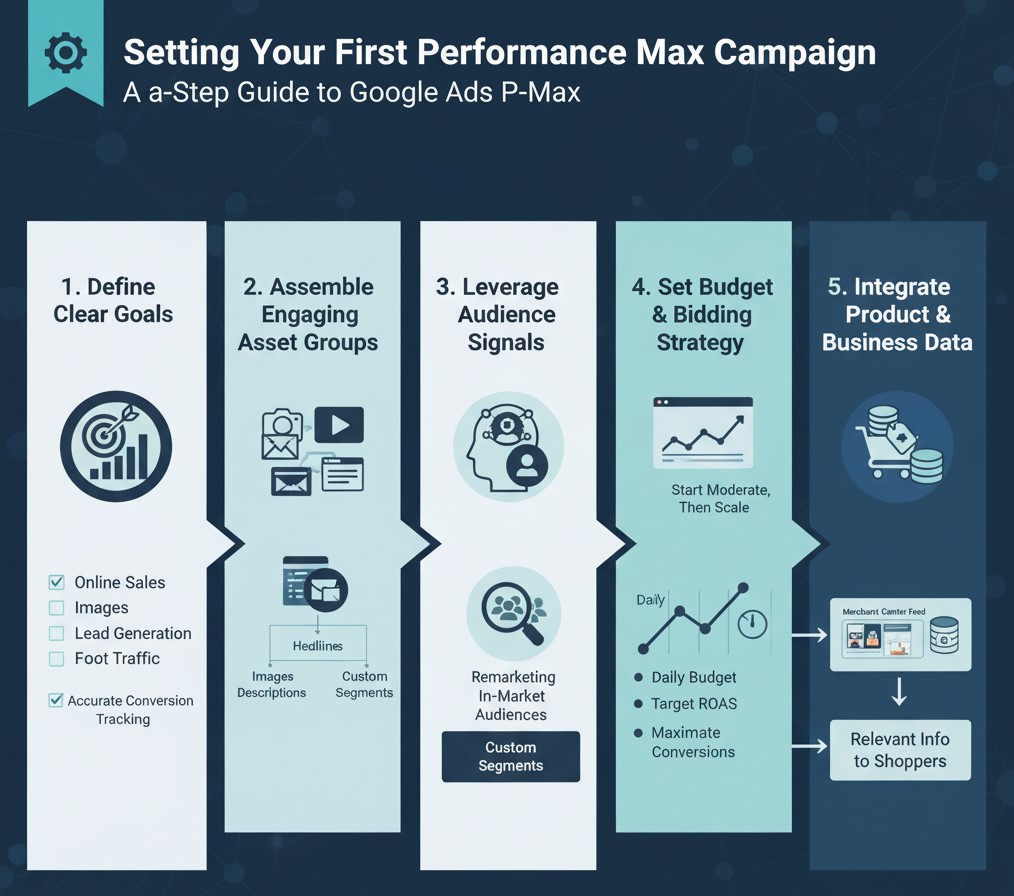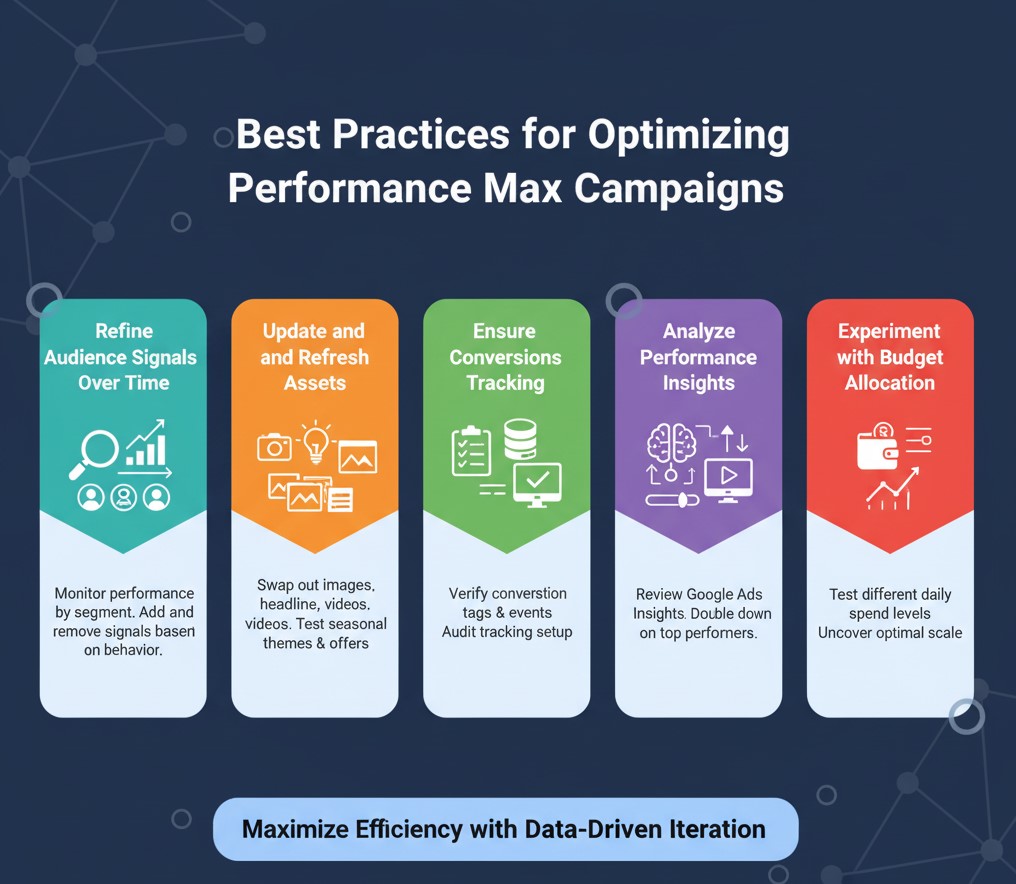
In the ever-evolving world of search engine marketing (SEM), Google Performance Max (P Max) campaigns represent a major shift in how brands reach and convert their audiences across Google’s entire inventory. By leveraging machine learning to optimize ads in real time, P Max campaigns allow marketers to unify search, display, video, shopping, and more into a single, goal-driven solution. In this comprehensive guide, you’ll learn everything from setting up your first Performance Max campaign to advanced optimization tactics that drive maximum return on investment (ROI). Whether you’re new to P Max or looking to refine your strategy, these insights will help you unlock the full potential of Google’s most automated ad format.
What Are Google Performance Max Campaigns?
Google Performance Max campaigns combine multiple ad channels—Search, Display, YouTube, Discover, Gmail, and Shopping—into one unified campaign. Instead of creating separate campaigns for each channel, P Max uses Google’s machine learning models to serve the right ad to the right user at the right time. Advertisers provide creative assets, audience signals, and conversion goals, while Google automates bidding, placement, and ad combinations to maximize performance against specified objectives.
Why Choose Performance Max for Your SEM Strategy?
Performance Max simplifies campaign management by consolidating multiple channels into a single workflow. This unified approach reduces complexity and enables more efficient budget allocation across channels based on real-time data. P Max also taps into Google’s advanced automation, adapting bids and creatives to each user’s context, which can lead to higher click-through rates (CTR), lower cost per acquisition (CPA), and improved overall ROI. For marketers seeking scale and efficiency, P Max is a powerful addition to any SEM toolkit.
Setting Up Your First Performance Max Campaign

1. Define Clear Goals
Begin by establishing specific, measurable objectives—whether it’s driving online sales, generating leads, or boosting foot traffic. In Google Ads, select conversion actions that align with your business priorities and ensure accurate conversion tracking is in place. Clear goals help the machine learning algorithms optimize toward the right outcomes.
2. Assemble Engaging Asset Groups
Asset groups in P Max are similar to ad groups but include multiple asset types: headlines, descriptions, images, and videos. Provide a range of high-quality creatives that reflect your brand voice and product benefits. Google’s system will test combinations of these assets to determine which perform best against your goals.
3. Leverage Audience Signals
Although P Max campaigns don’t allow traditional audience targeting, you can provide audience signals—data sets that guide the algorithm. These signals might include remarketing lists, in-market audiences, or custom segments. Well-defined signals help Google’s AI find new customers who resemble your best existing users.
4. Set Budget & Bidding Strategy
Choose a daily budget that aligns with your campaign goals and risk tolerance. For bidding, P Max supports target CPA, target return on ad spend (ROAS), and maximizes conversions. If you have historical performance data, set realistic targets; otherwise, start with a moderate budget to gather data before scaling up.
5. Integrate Product & Business Data
For e-commerce businesses, connect your Merchant Center feed to enable product-level ads. Non-e-commerce advertisers can use offline data uploads or Google’s Business Data scenarios. Supplying accurate product and business details ensures your ads deliver relevant information and pricing to shoppers.
Best Practices for Optimizing Performance Max Campaigns

Refine Audience Signals Over Time
Monitor performance by segment and refine your audience signals every few weeks. Remove low-performing signals and add new ones based on your buyers’ behaviors and demographics to continually improve targeting accuracy.
Update and Refresh Assets
Regularly swap out images, headlines, and videos to prevent creative fatigue. Test seasonal themes, promotional offers, and new value propositions to keep your ads engaging and aligned with evolving consumer interests.
Ensure Accurate Conversion Tracking
Verify that your conversion tags, analytics events, and offline imports are firing correctly. Inaccurate data can mislead the algorithm and result in suboptimal ad delivery. Run periodic audits of your tracking setup.
Analyze Performance Insights
Review Google Ads Insights to understand which assets, audience signals, and channels are driving results. Use this information to double down on top performers and pause underperforming elements to maximize efficiency.
Experiment with Budget Allocation
Don’t lock in one static budget. Test different daily spend levels to uncover the optimal scale point where incremental budget still yields positive ROI. Gradual increases help maintain algorithm stability.
Common Pitfalls and How to Avoid Them
One frequent mistake is providing too few or low-quality creative assets, which limits the algorithm’s ability to optimize effectively. Another is setting overly aggressive ROAS targets too early, stalling campaign learning and delivery. Finally, neglecting conversion tracking accuracy or failing to update feeds can result in wasted spend. Address these issues by planning diverse assets, setting realistic goals, and auditing your setup regularly.
Measuring Success: Key Metrics to Monitor
Track metrics that align with your objectives: conversions, cost per acquisition (CPA), return on ad spend (ROAS), and impression share. Additionally, monitor new customer acquisitions, brand lift (for awareness campaigns), and lifetime value metrics for a holistic view of campaign impact. Use custom reports to visualize trends over time and correlate adjustments with performance shifts.
Integrating Performance Max with Other SEM Channels
While P Max excels at cross-channel automation, integrating it with dedicated Search, Shopping, and Display campaigns can provide granularity and control. Use search campaigns for high-intent keywords and P Max for broader reach. Coordinate budgets to avoid internal bidding competition and ensure each channel serves its strategic role within the marketing funnel.
Future of Performance Max Campaigns
As Google continues to enhance its AI capabilities, expect P Max to become more predictive and personalized. Upcoming features may include deeper CRM data integration, advanced audience segmentation, and enhanced creative automation. Staying informed about product updates and beta testing new tools will keep your campaigns on the cutting edge.
Conclusion
Google Performance Max campaigns represent a powerful evolution in SEM, unifying multiple channels through automated, goal-driven optimization. By defining clear objectives, providing rich creative assets, and continuously refining audience signals and budgets, you can maximize ROI and drive business growth. Embrace the blend of automation and strategic oversight to outpace competitors and connect with customers across Google’s full ecosystem.
Learn more about: How to Identify Native Advertising: A Complete Guide


Leave a Reply